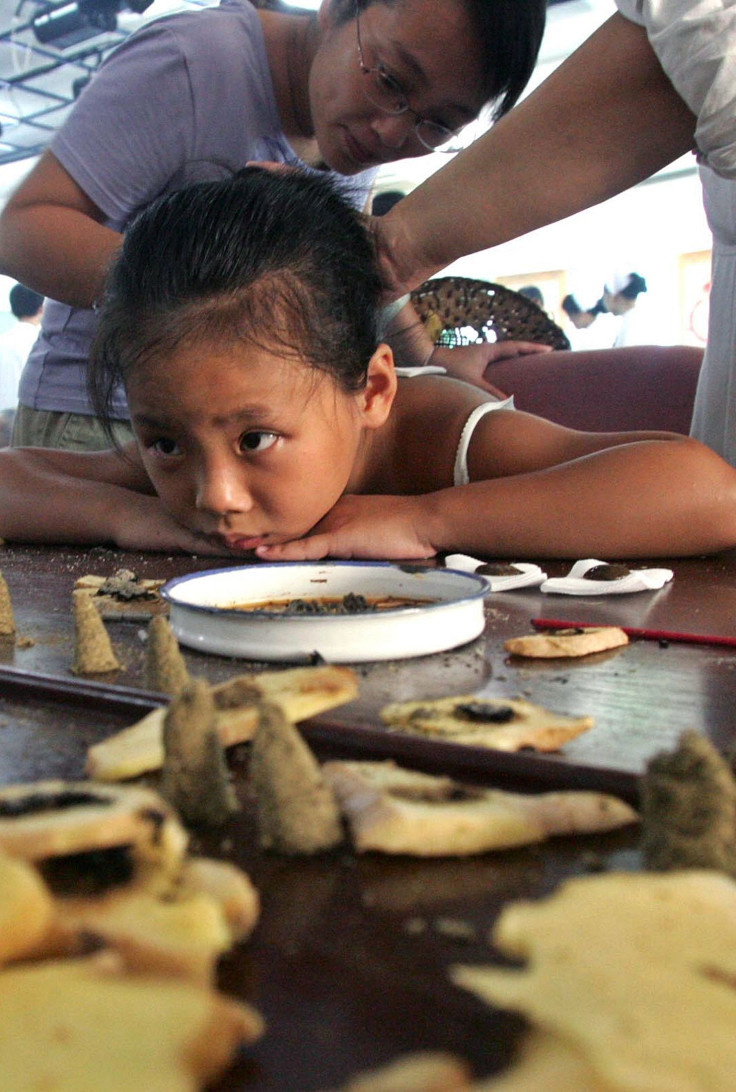Respiratory diseases may be linked with childhood infections

A new study reveals that the interaction between infections and bacteria in a person’s lungs during childhood could help provide clues on the development of asthma or other respiratory conditions in later life. The findings could aid in prevention of disease or the development of new therapeutic procedures, according to lead researcher Dr Insa Korten from the University Children's Hospitals in Bern and Basel, Switzerland.
The diversity of bacteria present in the human body such as in the gut, on the skin or in the lungs is referred to as microbiota. Early-life viral infections have been proven to be crucial in the development of respiratory conditions such as asthma later in life. However, the association between the two -- early-life virus infections and the microbiota -- have not been established yet.
In the new study presented at the European Respiratory Society International Congress, researchers investigated the link between viral infections in the nose and the nasal microbiota during infancy. The team involved 32 healthy infants between the age of one weeks and one year from the Basel Bern Infant Lung Development, or BILD, cohort study. The researchers took a nasal swab every other week from the children, and in each sample, the microbiota and 12 different viruses were analysed.
The team found that the bacterial diversity of the respiratory microbiota decreased when infants were infected with rhinovirus. Rhinovirus is the most common viral infectious agents in humans and is considered to be the predominant cause of the common cold. On the other hand, asymptomatic infection with rhinovirus did not lead to reduced diversity of the microbiota. This means that when the immune system of the infant reacted with respiratory symptoms toward a rhinovirus infection in the nose, the normal variety of the nasal microbial composition was reduced at the same time.
They also discovered that infants who experienced more frequent infections in the first year of life experienced a lower bacterial diversity overall at the end of the study period. This indicates that the normal variety of the microbiota was reduced by recurrent infections.
“The immune response and the individual microbiota are shaped during the early years and this could therefore be best influenced during this period. If we find that these changes in the respiratory microbiota are linked with, for example, later asthma development, we could try to influence the nasal and respiratory microbiota as a preventive step,” Korten said. This kind of approach is already seen with gut conditions, she added, where patients are prescribed oral probiotics to stabilise the normal variety of the microbiota.
Korten said that while their findings need to be confirmed in other cohorts, they could lead to future preventative or therapeutic procedures. The next stages of the research will explore how extensive the effect of viruses is in comparison with other influencing factors, such as nutrition or antibiotics. The research team will also revisit the children involved in this study at the age of six years to see how persistent the early changes in the microbiota were and how many children go on to develop asthma.
Contact the writer at feedback@ibtimes.com.au or tell us what you think below.





















